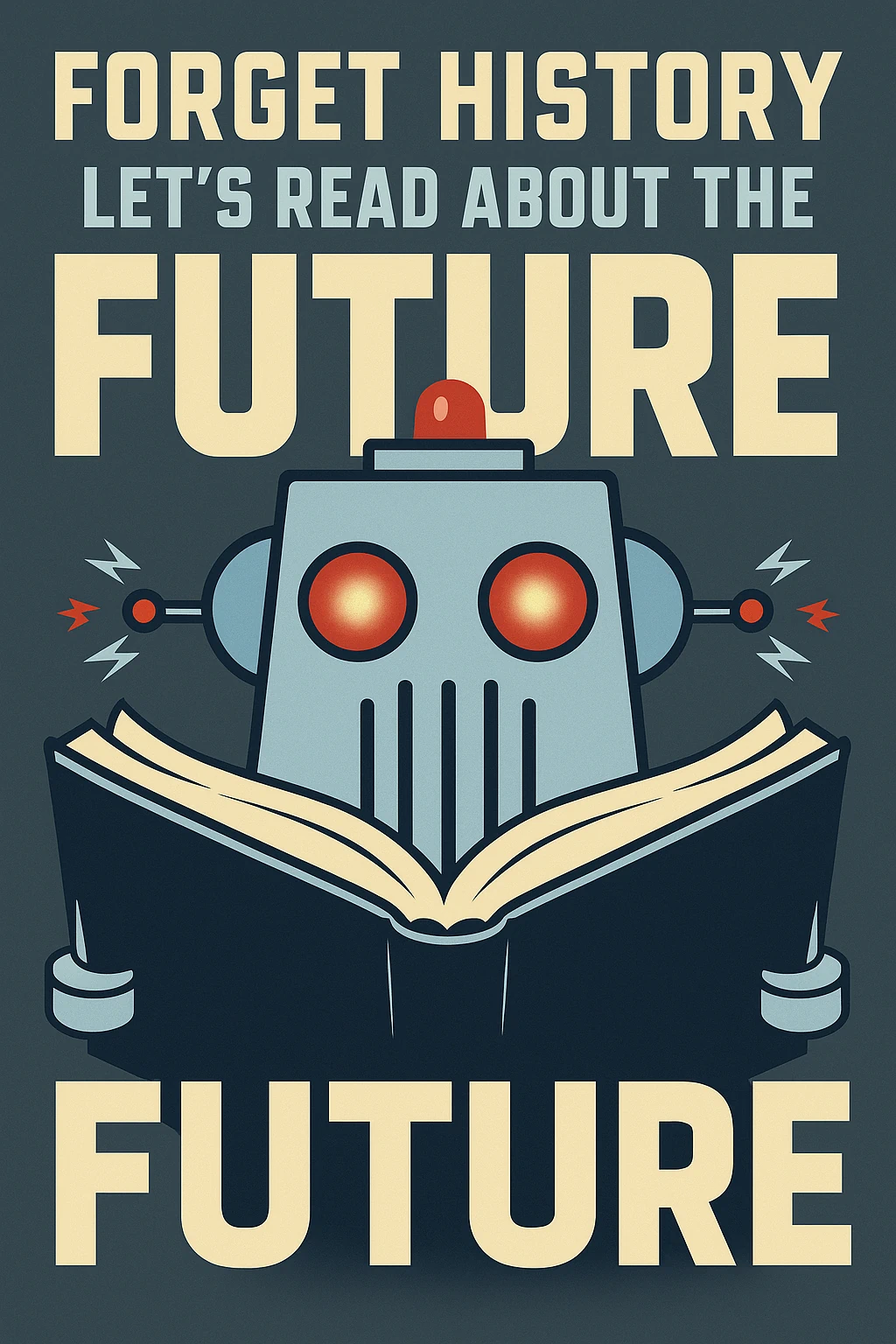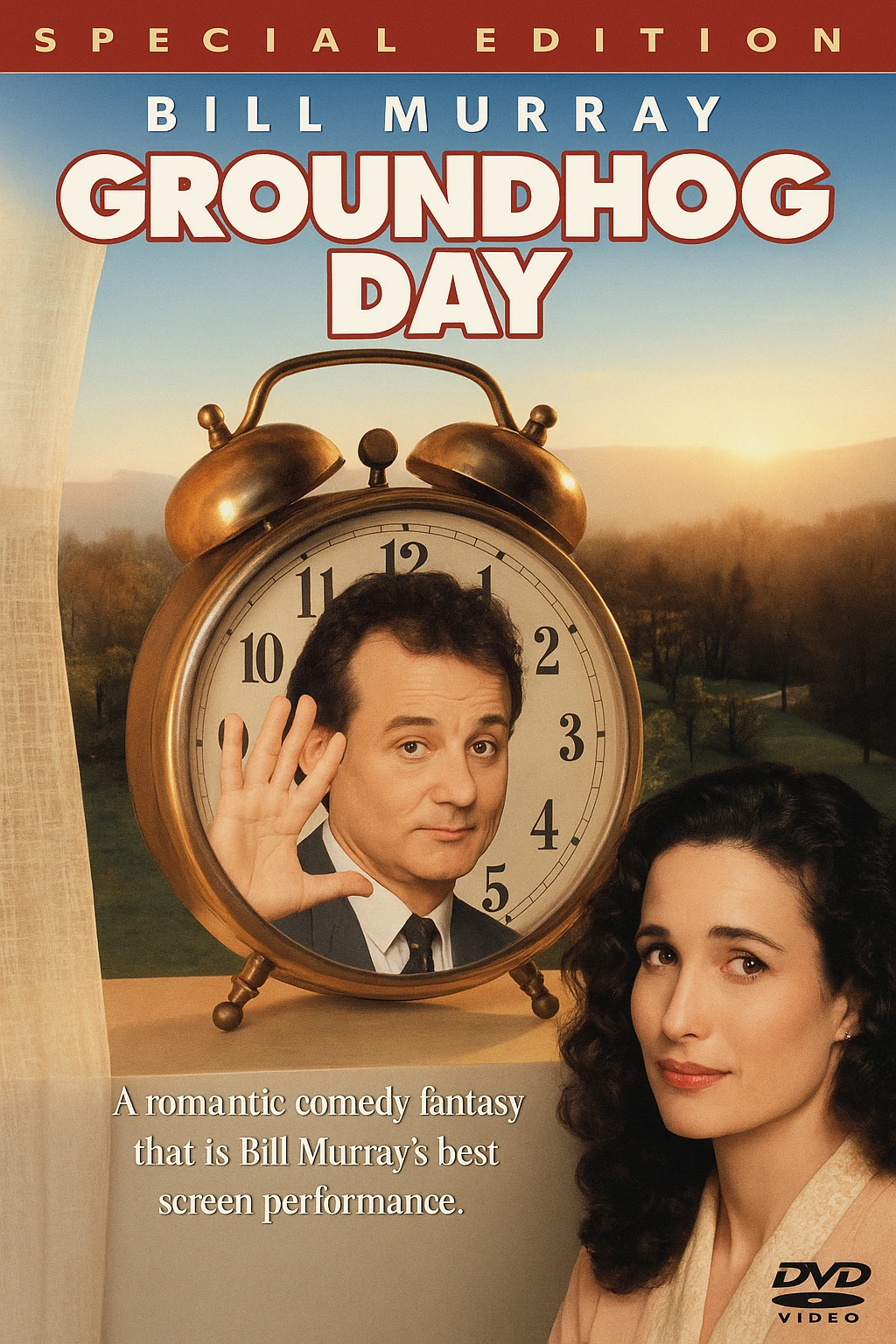The Visionary Strategies of Jeff Bezos

For the future of retail, I’m sure you are looking at Amazon like everyone else is. I’m convinced the Internet will continue to disrupt traditional retail. Bezos is one of the most brilliant minds of our time, some say the next Jobs. I have tremendous respect for Bezos. Just a few of the things he’s done…
The Bezos Playbook
- Early E-commerce Pioneer — Started Amazon before anyone even started thinking about e-commerce at scale. He is willing to take enormous risks at any cost. He left a high profile Wall Street job to start a company that few believed in. An e-commerce bookstore in ’94? He is a visionary.
- Strategic Category Expansion — Started with books, expanded quickly to nearly everything. The strategic risks continue.
- Smart Acquisitions — Bought Zappos, has left them alone. Is letting Tony continue to work his magic. Wants to bring more of the Zappos culture to the rest of Amazon.
- E-reader Innovation — Saw e-books coming, thanks to Jobs/iPad. Pivoted and developed the Kindle. My wife and I love our Kindles.
- Hardware as Entry Point — Gives the Kindle/Fire away at cost, or next to cost, and makes money on services/goods from using the device.
- Customer-First Economics — Loses money on shipping (Amazon Prime etc), will do anything it takes to win your business (see this article about shipping heavy items for free).
- Supply Chain Mastery — Amazon’s supply chain is incredible. Look at these pictures of their warehouses!
- Robotics Investment — He didn’t just invest in Kiva, he bought the entire company! If you haven’t seen this video of their warehouse robots, it is a must.
- Shopping Psychology — They use psychology to encourage you to make more (and better) purchasing decisions. They are masters. Look at me when I did Christmas shopping. They know people will go shopping for themselves, and used my own data to tempt me.
- Recommendation Engine — Analytics/Algorithms. Amazon has the best recommendation engine. Google has to be worried about this. You don’t go to Google to search for products, you go to Amazon.
- Continuous Innovation — He isn’t done. Amazon is still going strong. He still has more tricks up his sleeve, you can bank on that.
I’m sure I missed lots of things. I have my eyes on Bezos (I personally think Amazon’s stock is overvalued, though!). He will win, continue to win until someone disrupts the great disruptor. Whoever that will be, it won’t be easy.



